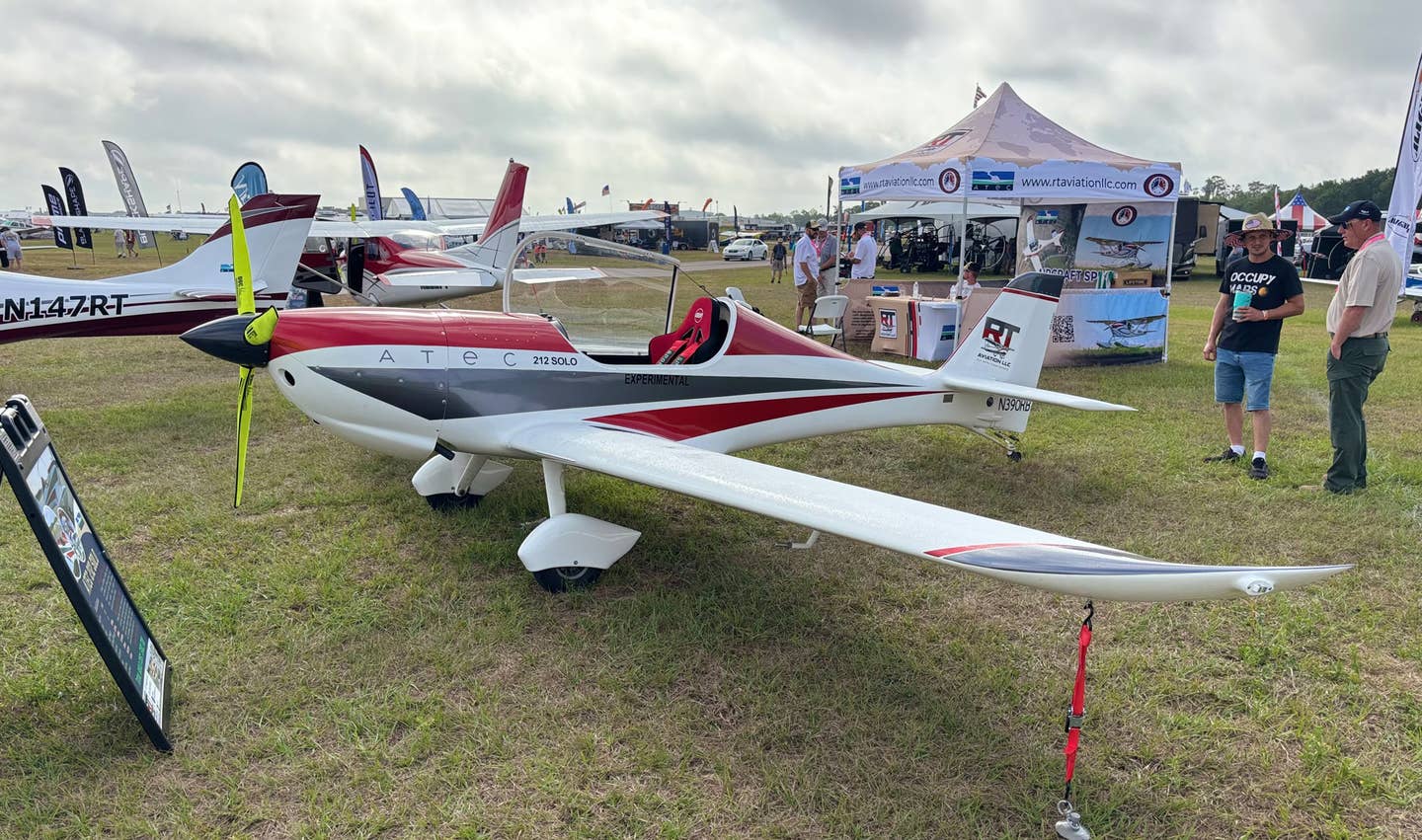Piper Comanche 400: A Muscle Car On Wings
Boasting the biggest engine in light GA, Piper’s hot-rodded PA-24 didn’t get much love in the day. Today, they are prized by their owners.

Piper Commanche 400. Photo By Andrew Compolo
It was early 1964, and Howard "Pug" Piper, one of three sons of founder William T. Piper and the driving force behind so many of Piper's new-product development efforts, was looking to develop a new single-engine airplane. It would climb into the flight levels without turbocharging and transit the distance between Lock Haven and the new production facility in Vero Beach at great speed. An improved variant of the Piper Comanche, which had debuted under his guidance in 1958, seemed the perfect candidate. Piper Aircraft, famous for Cubs, Tri Pacers and, more recently, the all-metal Cherokee, had a real success with this handsome retractable-gear, four-place beauty. However, with only 180 or 250 horsepower currently on hand, more ponies were needed under the hood to turn up the wick on the speedometer.
The year 1964 was also memorable for the birth of the American muscle car. The Big Three automakers were shoehorning the biggest V8 engine they could find into their plain-vanilla midsize sedans. The iconic Pontiac GTO came first, but soon the Ford 427, Chevy 396 and the unbeatable 426 Hemi, bolted into sedate family sedans, were setting records at the drag strip. While it might just be coincidence, the idea of taking the biggest and most powerful eight-cylinder engine available and pairing it with the family-friendly Piper Comanche airframe apparently made sense. Thus, the Piper Comanche 400 was born.
Originally designed as an alternative to the Beech Bonanza, the Comanche was a stable, fast and comfortable four-seater. Even today, the design stands up well against more recent designs. Pug Piper had ensured the original airframe was built to withstand over 7 G load factor, although it was certified for 5, so it could easily handle the higher gross weight and additional load required by a larger powerplant. The wing already housed 90-gallon fuel tanks, so adding a few more was not difficult. And the Piper parts bin was deep, so the original Comanche stabilator was replaced by a beefier unit from the Piper Apache twin. But what to put under the cowling?
As it turns out, Piper's neighbor a few miles up the Susquehanna River was in the process of certifying an eight-cylinder, 720-cubic-inch version of the Lycoming O-540 that was already the standard engine in the Comanche 250. This IO-720 was only offered with fuel injection and put out an incredible 400 horsepower without turbocharging. Mated to a three-bladed prop, fed by 100-gallon fuel tanks (130 gallons was available as an option) and sporting an increased max gross of 3,600 pounds, Piper's flying muscle car was born.
Aviation's version of the quarter-mile dragstrip is time to climb. The Comanche 400 exceeded 1,600 feet per minute off the deck, and the aircraft climbed strongly to its service ceiling of 19,500 feet. It boasted a maximum level speed of 195 knots and a cruise of 185. This Comanche could get to altitude and the destination in a hurry, especially by 1964 standards. However, this performance came at a cost. Fuel consumption was over 20 gallons per hour, which yielded a nearly 800-mile range but with serious tradeoffs in useful load. Just like the muscle cars of the era, the Comanche 400 was a compromise between raw performance and utility.
Just as the muscle car era came and went, only 148 Comanche 400s were produced from 1964 until 1966. However, as many as 25 examples are still flying today and appear from time to time on trade-a -plane. So, if you have the need for speed and can afford the fuel bills, you, too, can own a Comanche 400. If not, you can see the first prototype on display at the Piper Aviation Museum in Lock Haven. And one more thing---just like the muscle cars, the deep-throated rumble that only eight cylinders and dual exhaust can supply is part of the deal. Just maybe, the exhaust note alone makes this an Incredible Plane.

Subscribe to Our Newsletter
Get the latest Plane & Pilot Magazine stories delivered directly to your inbox






